Holland Hospital News and Stories
Holland Hospital managed websites use cookies to enhance your website experience. By navigating our websites, you agree to the Website Terms of Use. For more information, please review our Website Privacy Policy.
Displaying 1 - 10 of 507
Image

Holland Hospital Announces Expanded Services in New Wound Healing & Hyperbaric Medicine
Media Releases
News
Image
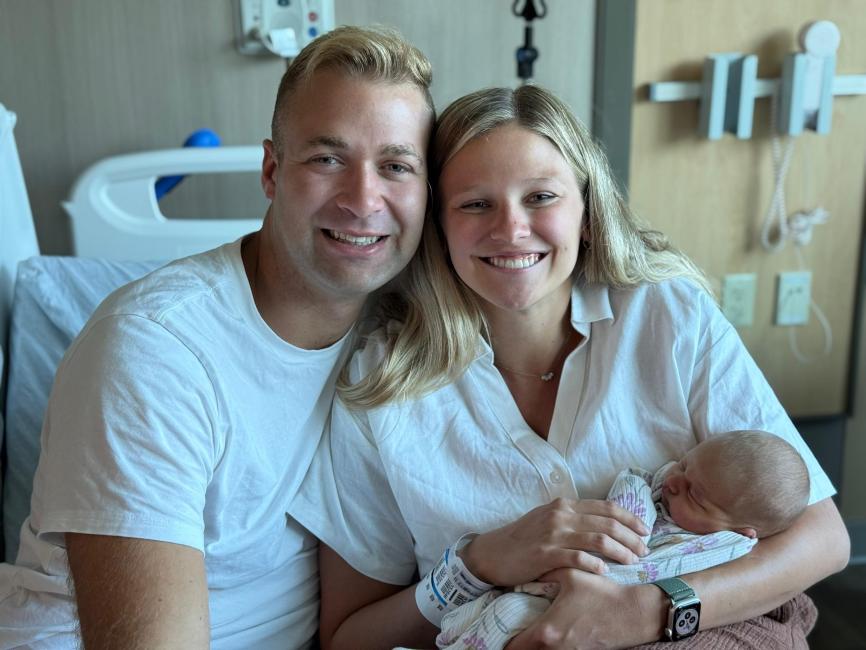
Tate’s Journey: From Birth to Breastfeeding Confidence
Patient Stories
From a calm birth to overcoming breastfeeding hurdles, Tate Bonnema discovered the power of support and community at Holland Hospital, finding confidence and connection every step of the way.
Image
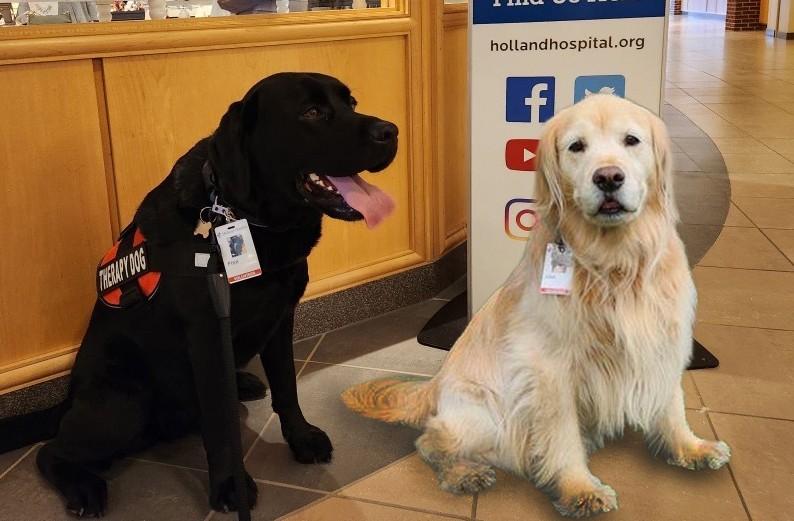
Holland Hospital Expresses Paws-itive Gratitude for Dedicated Volunteers This Holiday Season
Media Releases
Image

Holland Hospital Shares Health and Safety Tips for a Healthier and Happier Thanksgiving Holiday
Media Releases
Image
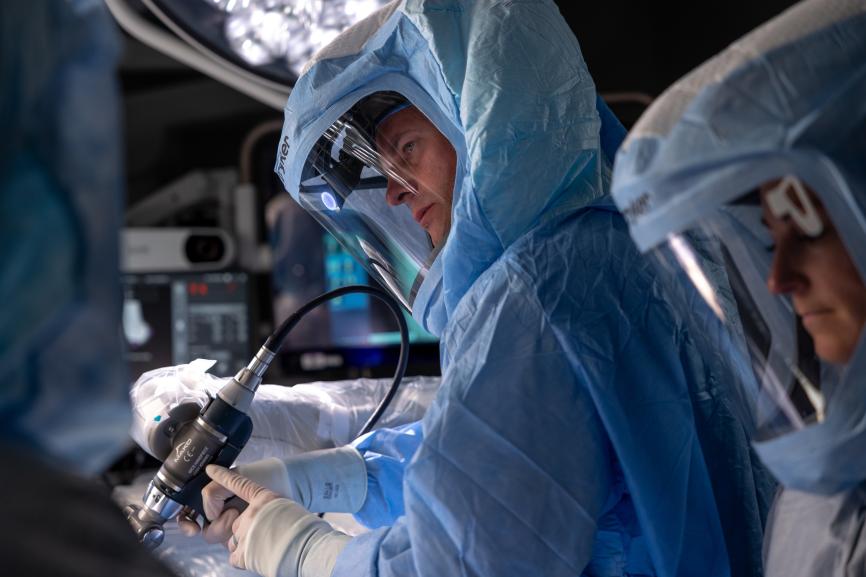
Holland Hospital Earns Healthgrades Specialty Care Excellence Award for Third Consecutive Year, Among Nation’s Top 10%
Media Releases
News
Image

Holland Hospital and University of Michigan Health Celebrate Westpark Specialty Center Groundbreaking in Zeeland
Media Releases
News
Image
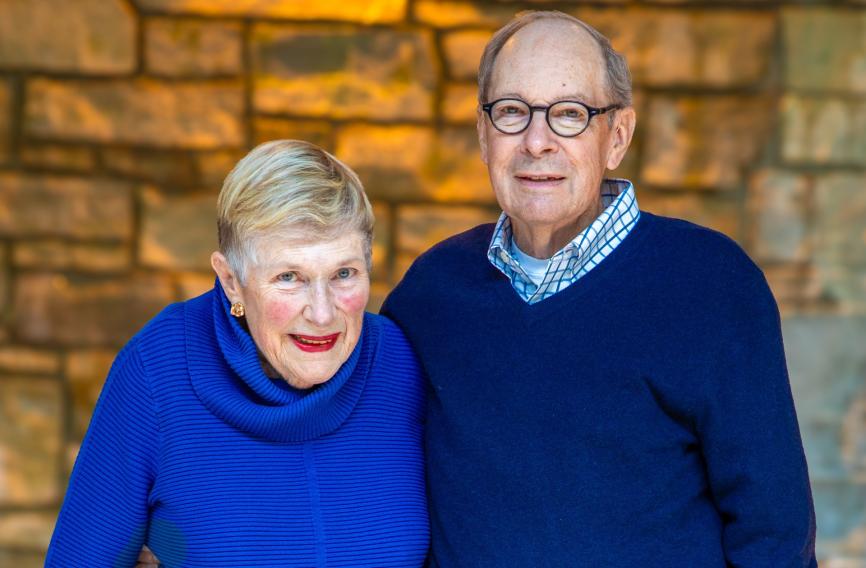
Consistent Caring: The Power of Monthly and Long-Term Giving
Donor Stories
Image
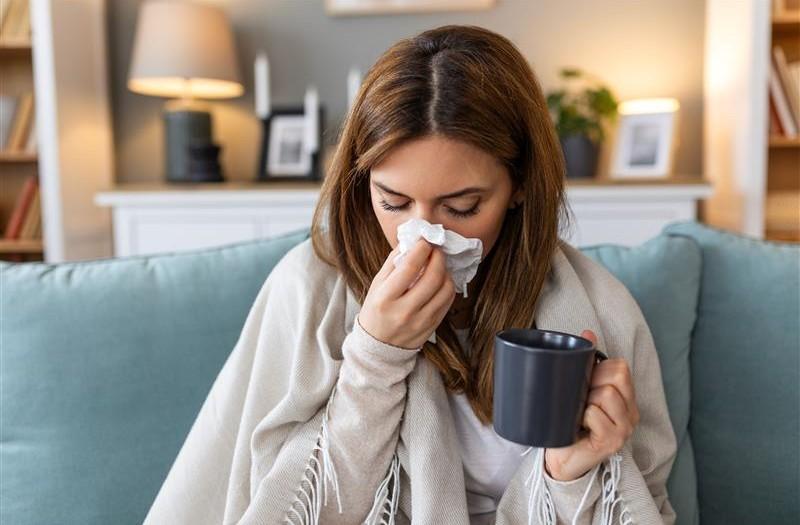
Holland Hospital urges community awareness as COVID-19 and other respiratory illnesses rise this fall
Media Releases
Image

Holland Hospital sustains PCI Accreditation for Cardiology & Vascular program
Media Releases
News
Pagination
- 1
- 2
- 3
- 4
- 5
- 6
- 7
- 8
- 9
- …
- ›› Next page
- Last » Last page
